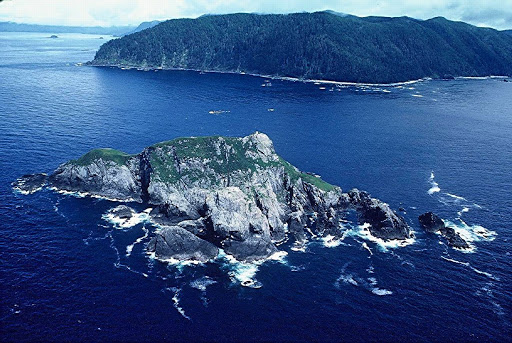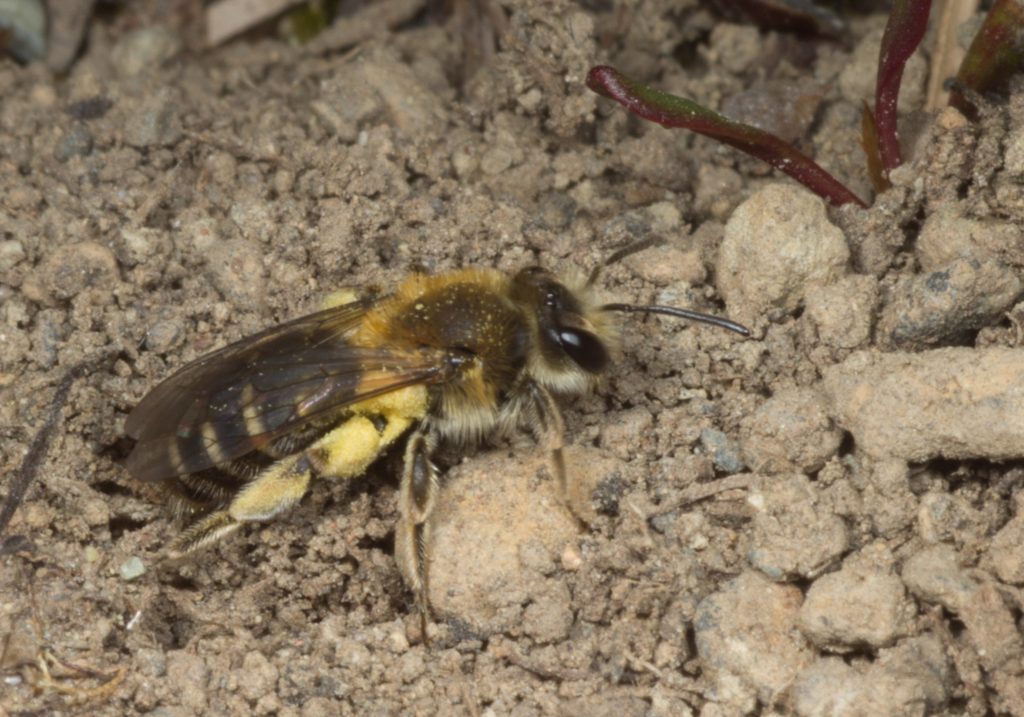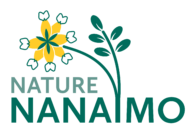(This blog was first published on my site Cinnabar Reflections)
Here is my second installment of books that I have enjoyed reading.
Nature’s Argonaut: Daniel Solander 1733-1782 by Edward Duyker. Melbourne: Miegunyah Press. 1998. 400 pages. Daniel Solander was the de facto naturalist on Cook’s first voyage, although Joseph Banks, who financed the trip, tends to get the credit. Solander is little known largely because his meagre (non-existant?) publication record, in spite of a large volume of work he did on New Zealand and Australian fauna and Flora. Consequently, he is well known down under, but largely forgotten in Europe and North America. Solander Island, a small island off the west coast of Vancouver Island which is now an ecological reserve was named after him, however. There is also a Solander Point off Banks Island in the Hecate Strait. Solander was born in Piteå, Sweden, where I also grew up – hence my interest in him. He was a disciple of Linnaeus’ but spent his career in England, where he is buried. Duyker’s book details his life, which includes some rumours of espionage, and even that he may have been the illegitimate son of Linnaeus as his birth was 9 months after Linnaeus had stayed with Solander’s parents! This book may not be readily available in North America, but is well worth reading if you enjoy biographical books.

Spillover : Animal Infections and the Next Human Pandemic by David Quammen. New York : W.W. Norton & Co. 2012. 591 pages. This has to be one of the most relevant books you could read at this time of Covid-19 fears. Quammen details the incredibly difficult work done by scientists to trace the source of zoonotic diseases such as Hendra, Ebola and AIDS, and how pathogens make the leap from animals to humans. Not a book that will cheer you up, but highly recommended anyway.
Spix’s Macaw : The Race to Save the World’s Rarest Bird by Tony Juniper. London : Fourth Estate. 2002. 296 pages. This book, which I describe as a “certifiably depressing book” in this blog, describes how greed and wildlife smuggling has resulted in the loss of this beautiful, rare macaw species from the wild. It also discusses attempts to re-introduce the species, which eventually failed due to habitat loss etc. A few other books that deal with wildlife smuggling are:
Forbidden Creatures : Inside the World of Animal Smuggling and Exotic Pets by Peter Laufer. Guilford, Conn. : Lyons Press. 2010. 250 pages.
The Dangerous World of Butterflies : the startling subculture of criminals, collectors, and conservationists by Peter Laufer. Guilford, Conn. : Lyons Press. 2009. xvi, 271 pages.
Books about birds
As a semi-avid birdwatcher, one of my favourite pass times is reading about birds. Here is a sample of what is available:
Bird Brain: An Exploration of Avian Intelligence by Nathan Emery. Princeton, NJ: Princeton University Press. 2016. 192 pages.
The Genius of Birds by Jennifer Ackerman. London: Penguin Press. 2016. 352 pages.
Being called a bird brain has traditionally been seen as a rather severe insult, but as it turns out, it should be seen as a complement. Birds have remarkable abilities in spite of their diminutive brains, in part because their neuron density is much higher than in mammals. These books are fascinating reads, and may serve to teach us some humility regarding our place on the evolutionary tree.
The Thing With Feathers : The Surprising Lives of Birds and What They Reveal About Being Human by Noah Strycker. New York : Riverhead Books. 2014. xiv, 288 pages.
Birding Without Borders : An Obsession, a Quest, and the Biggest Year in the World by Noah Strycker. Boston : Houghton Mifflin Harcourt. 2017. ix, 326 pages.
The Wonder of Birds : What They Tell Us About Ourselves, the World, and a Better Future by Jim Robbins. New York : Spiegel & Grau. 2017. 352 pages.
Feathers : The Evolution of a Natural Miracle by Thor Hanson. New York : Basic Books. 2011. xvi, 336 pages.
All of the above books deal with different aspects of birding and birds. A book I found particularly (and surprisingly) engaging was “Feathers” by Thor Hanson. The author has a PhD in biology, and hence he has a firm understanding of ecology and evolution. Yet his writing style is engaging, with amusing personal anecdotes weaved in among scientific explorations. Below you will find several other of his books, all of which I have thoroughly enjoyed.
Conservation and extinction
The Sixth Extinction : An Unnatural History by Elizabeth Kolbert. New York : Henry Holt and Company. 2014. 319 pages.
And No Birds Sing : The Story of an Ecological Disaster in a Tropical Paradise by Mark Jaffe. New York : Simon & Schuster. 1994. 283 pages.
The Song of the Dodo : Island Biogeography in an Age of Extinctions by David Quammen. New York: Scribner. 2004. 702 pages.
Driven to Extinction : The Impact of Climate Change on Biodiversity by Richard Pearson. New York : Sterling. 2011. 263 pages.
The above books deal with different aspects of the sixth extinction, the anthropogenic process we are now in. My favourite is probably “And no birds sing”, the story of how an accidentally introduced snake on Guam eliminated birds, and how the inertia of science slowed got in the way of the truth (discussed here).
Pollinators

Keeping the Bees : Why All Bees are at Risk and What We Can Do to Save Them by Laurence Packer. Toronto : HarperCollins Canada. 2010. 272 pages.
Buzz: The Nature and Necessity of Bees by Thor Hanson. New York: Basic Books. 2018. 304 pages.
Our Native Bees: North America’s Endangered Pollinators and the Fight to Save Them by Paige Embry. Portland, OR: Timber Press. 2018. 224 pages.
All three of these books are highly recommended. The book by eminent Canadian entomologist Laurence Packer is filled with funny anecdotes, and Hanson and Embry, both from the Pacific Northwest but with vastly different educational backgrounds,, provide lots of facts in an easy to read format.
Miscellaneous
The Triumph of Seeds : How Grains, Nuts, Kernels, Pulses, & Pips Conquered the Plant Kingdom and Shaped Human History by Thor Hanson. New York: Basic Books, 2015. xxv, 277 pages.
I have to admit that I probably would not have picked up this book had I not enjoyed Thor Hanson’s writing so much in the above-mentioned books. I am happy to report that I was not disappointed. You get a new appreciation for how plants have solved the issues of dispersal and competition from reading this interesting book.
I have also read a number of other books that I have enjoyed over the past few years, but I am limiting these blogs to books with a naturalist slant. I am looking forward with anticipation for a few other books, including one in progress by Thor Hanson, and also “The Last Butterflies” by Nick Haddad (reviewed here and here). The books I have mentioned should hopefully get you through the self-isolation until we can return to a normal existence again. Meanwhile, stay healthy.
